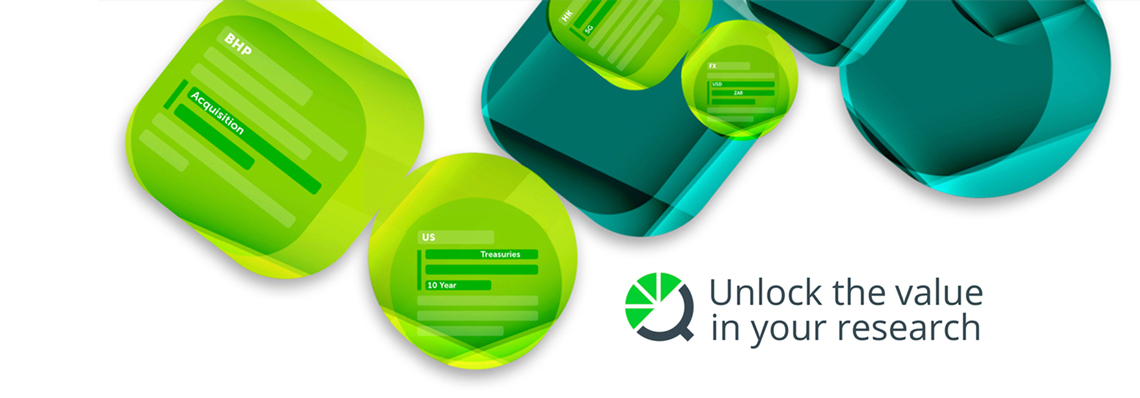Financial research innovation: the next information advantage
16th December 2019
An information advantage has become one of the most important competitive edges in the financial markets today. Receiving the right data, faster than competitors, is a significant driver of performance. However, while firms invested over $50 billion in 2019 into market data[1], investment in technology to make the consumption of financial research more efficient has been neglected for too long, argues Limeglass’s co-founders, Rowland Park and Simon Gregory.
It has become almost a cliché in today’s financial markets to talk about the importance of data. The market for data and data analytics continues to break records year after year. The biggest institutions race one another to produce the most sophisticated technology to best leverage that data.
This is perhaps unsurprising. Having more data to make trading decisions is one of the most fundamental advantages a market participant can have.
Yet, when it comes to honing and modernising data consumption and processing, one area has conspicuously lagged behind the rest: the consumption of financial research.
On a daily basis, a bank is producing and receiving thousands of pages of research on everything from the global economy to Alphabet’s share price. Currently however, sales and trading desks and portfolio managers’ primary tools for extracting the relevant insights from this deluge of information is an inefficient and slow email inbox search or traditional research portals that rely upon classic full-text search techniques which were not designed for this type of content.
Many financial market participants regard the lack of technological efficiency in the consumption of financial research as a fact of life. However, when we consider the importance of financial research to market decision making, it quickly becomes apparent why urgent innovation in the space is required.
We think about financial decision making as resting on a three-legged stool.
The first leg is raw market data. This is the form of price data which most readily springs to mind when we think about financial market decision making. It was the first area to see technological innovation and has seen the most progress to date. This is because it is the most clearly ripe for automation and digitisation, given the structured nature of the data.
As a result, firms have invested billions in low latency market data processing which enables sophisticated quantitative modelling and automated trading strategies which are operating across almost every market.
More recently, we’ve seen innovation in the second leg of this stool – breaking news. Key events – be they political, economic, company news or even a natural disaster – have an impact on market activity, sometimes quite dramatically. It was therefore only a matter of time before institutions and news providers looked at ways to integrate breaking market news into their financial market models.
Of course, Refinitiv (formerly known as Reuters) and Bloomberg terminals have been a mainstay of trading desks for decades, but now firms are using algorithms to transform headlines into data which can be utilised by both human traders and algorithms, to drive trading decisions.
The development of tools to better handle market data and breaking news have transformed, and continue to transform, the way activity in the financial markets is conducted. However, financial research and analysis (no less important as a source of information) has seen comparatively little to no innovation in the last few decades.
Financial research provides a vital role in placing the insights generated from market data and breaking news into a wider context. It gives traders the perspective to understand the importance of the other information they are handling while also providing a framework for decision making. That’s why it functions as the third vital leg of the stool, without which effective decision-making will always be suboptimal.
Imagine if financial market participants’ only source of breaking news was still picking up a copy of the Financial Times on the way to work; or if the only source of trading data anyone could access was a spreadsheet of prices at market close. Yet, with the majority of financial research consumed as multiple page PDF and HTML documents sent via email, this is effectively the world we live in when it comes to financial research.
Any firm which relied on these archaic methods of receiving data or news would, clearly, be at a significant competitive disadvantage. Yet, market participants have put up with this situation when it comes to their financial research for too long. Now, however, as tier one banks begin exploring innovation in this space, such as Limeglass’s research atomisation technology, other market participants will need to adopt this technology or be left behind.



